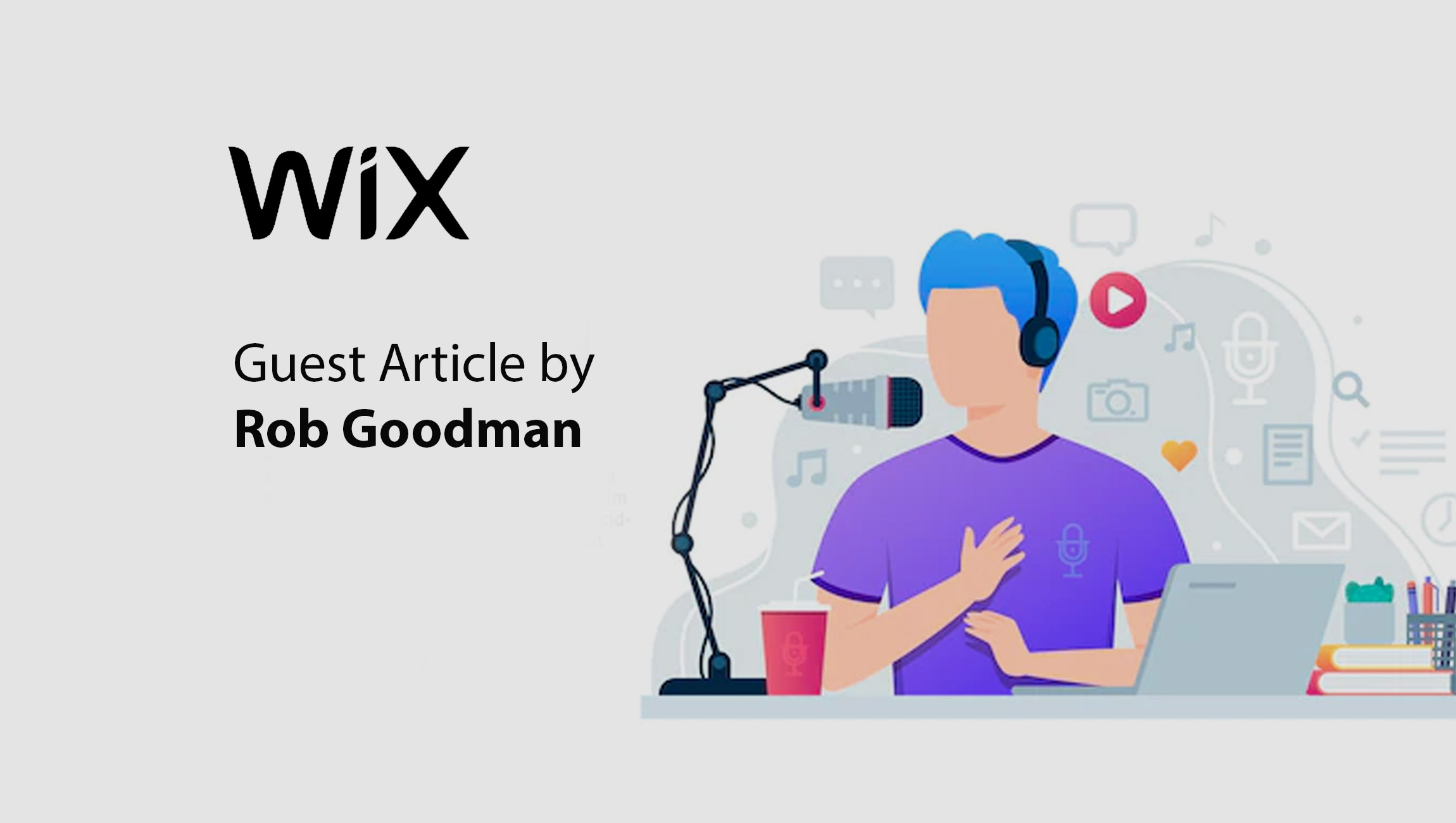Podcasts are becoming an increasingly popular way of information-sharing, whether it be for entertainment or education, and they’re a burgeoning channel for businesses to build sales and brand awareness too. Typically composed of a series of audio episodes created by a content production team and published episode-by-episode, podcasts reach listeners via RSS feed to platforms like Apple Podcasts, Spotify, and Google Podcasts, where people can subscribe or follow to hear the latest episodes.
They are now a beloved media form because of their easy access for listeners on the web, mobile, in the car, and at home with devices like Alexa; they’re multi-task friendly (take your kids to work, do the dishes, go for a run… while listening to a podcast!), the selection is wide, they help create a sense of community between fans and creators, and listeners really get to know show hosts who become trusted sources of information.
The term “podcasting” is more familiar than ever too, with 79% of respondents in an Edison Research study being keenly aware of it. Additionally, statistics reveal podcasting advertising revenue in the US is expected to hit $1.73 billion in 2022, a 28.6% annual increase. The market is, then, set to grow another 27.2% year over year to $2.2 billion by 2023, and by 2028, podcasting is predicted to become a $94.88 billion industry. That’s serious business and a massive opportunity to reach potential customers.
As you can see, there’s a good reason why B2B businesses invest in corporate or branded podcasts –– they can boost awareness and, ultimately, sales by speaking to a captive, engaged audience of listeners. Additionally, business-centric podcasts see a 14% increase in purchase intent for brands. That’s why, if you haven’t already, now is the time to start thinking about building out a podcasting program at your company, one that can attract and inform an audience interested in your products or services and help them solve real business problems. However, kicking off a B2B podcast (or improving an existing one) can be a challenge for many businesses, so a little guidance can go a long way.
Here are some best practices organizations can use for launching or leveling up a B2B podcast:
1. Understand your goals
The key to your success is understanding what success means for your business. Are you trying to grow brand awareness or drive acquisition and sales enablement? Having goals lined up from the getgo will help you better understand the audience you’re targeting and whether you’re speaking to executives in leadership (a top-down approach) or to ICs in the workforce (ground up). Is your sales strategy aimed at those with buying power or towards people who can influence those decisions internally? Goals also play into how you will choose to distribute, market, and generate awareness for your podcast down the road.
2. Know your target audience
Once you understand how the podcast fits into your overall strategy, you can align on a few more essential details to target exactly the right people.
- Create a unique positioning for the podcast –– understand how the content, storytelling, visual design, and format will be bespoke to your brand and bake that into the recording, editing, distribution, internal workflow processes, and outbound marketing plans.
- Create a dream list of guests (if using interviews for the series) or storylines (if your show is theme or topic-focused) that are going to resonate the most with the audience you’re trying to reach.
- If this is part of a new content strategy, consider the name you’ll select for the podcast series, and research your competitor’s content efforts and the broader landscape of podcasts to land on a brand for your show that will stand out and easily convey who it’s for and the value they’ll get from it.
Marketing Technology News: Conjura’s eCommerce Benchmarking Tool Now Features Daily Benchmarks to Enable Businesses to Reach…
3. Create a production plan
You’ll need to decide if you want in-person or virtual recordings and then get your software and hardware equipment in place (mic, headphones, recording hardware or computer) , if working virtually select a platform for recording like Riverside.fm, SquadCast, Zencastr, or Zoom to start, then plan for internal or external resources to support audio editing, production, sound engineering, and setup remote guest recording kits (shippable packages that include a mic, headphones, wires, cleaning cloth, and instructions) as needed. It’s always a good idea to record a prototype of your show, rally internal feedback, and revise accordingly before the stakes get any higher when outside guests and senior stakeholders are involved in final episode production or approvals.
4. Think of podcasts as mini-content factories
Plan to make the most of your episodes with blog posts, social assets, video clips, audiograms, text quotes, and the possibility of aggregating insights to use in bigger rock content like ebooks, audiobooks, films, webinars, and larger-format sales enablement materials. Make sure your marketing, PR, social teams, and internal communications teams are aligned and fully vested in the program and execute targeted campaigns that will drive awareness and lead people through your funnel.
Marketing Technology News: MarTech Interview with Kevin Wang, SVP of Product at Braze
5. Market your podcast for distribution
To get your show out to listeners, you’ll need a podcast hosting and distribution platform that spins up an RSS feed and helps you connect to platforms like Apple Podcasts and Spotify. There are many options out there, so see what’s right for you and your business –– LibSyn, Blubrry, PodBean, Anchor, and Castos are all options, just to name a few. And be sure to use your audio wisely –– bake-in midroll or sponsored-by messaging for your brand or product into the episodes. Create a website home for your podcast so you can draw people in to subscribe to your newsletter and connect more closely with your audience. Distribute and market your podcast in line with your goals –– think about if your show should be open and accessible for everyone or if it’s a gated asset or part of an established acquisition program. And remember: if a podcast plays aloud in the woods and no one was there to hear it, was there really ever a podcast? Meaning: You’ll spend tons of time producing this thing, so make sure there’s a strong marketing and social media plan to get it out there and make your show as impactful and valuable as possible with your audience.
Creating and launching a B2B podcast can be intimidating; there are 1,001 moving parts, but if you focus on your goals, audience, and build your plans accordingly, you’ll be in a strong position to create a successful series. And if you have an existing show, go back and examine your workflow and see how you can expand upon your content, campaign, or dig deeper into making your show even more listenable and memorable. Remember: You’ve got to stand out! Podcasts are gardens that take continuous tending to, growth won’t come overnight, and making the perfect show that will be proven to drive sales and increase revenue, takes time. Follow these guides and you’ll be well on your way to building a successful podcast program that works for your listeners and your business.
Marketing Technology News: Work Hard With Your Marketing Budget — But Don’t Forget to Work Smart, Too!











